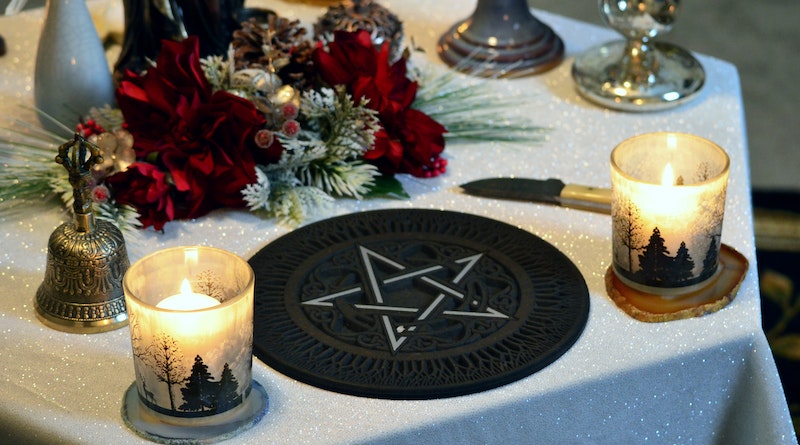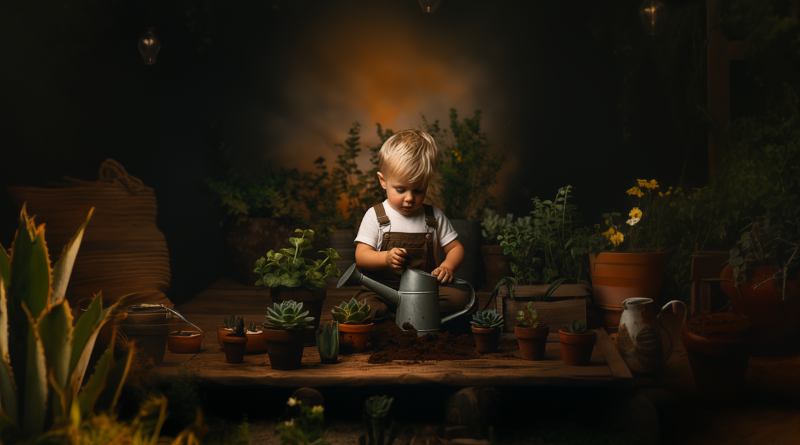Introduction to Paganism for Kids
Embarking on this captivating journey, we aim to delve into the essence of Paganism, specifically fashioned for our younger learners. With anticipation, we take our first step into this exploratory adventure, setting the stage for a profound journey aimed at demystifying the intricate weave of Paganism’s core principles, meticulously designed with our young audience at heart. This endeavor seeks not only to enlighten but to inspire our children, guided by the hands of parents, guardians, or educators. Through content that’s both accessible and engaging, we aspire to journey alongside you, ensuring a seamless and insightful exploration for the inquisitive young minds we are committed to fostering. Together, we will navigate the breadth of Pagan beliefs and practices, presenting them in a manner that resonates with and enriches the curious spirits we cherish.
What is Paganism?
Paganism is a term that encompasses a variety of spiritual and religious beliefs centered around nature, the Earth, and the universe. It’s like a beautiful garden with many different flowers; each path within Paganism has its own unique beliefs, traditions, and practices. Common paths include Wicca, Druidry, Heathenry, and many more, each with its own way of understanding the world and our place within it.
Celebrating Nature
One of the core aspects of Paganism for kids is the deep reverence for nature. Pagans see the Earth as a living, breathing entity that sustains and nurtures all life. This connection to nature is celebrated through the seasons, marking the changes with festivals known as Sabbats and Esbats. These celebrations serve not merely as a means to admire nature’s splendor; rather, they initiate a deeper exploration into our integral role in its preservation. Through observing, we transition to understanding, fostering a profound connection with the environment that surrounds us. This process not only heightens our appreciation for the natural world’s beauty but also emphasizes the critical responsibility we hold in safeguarding its future.
The Magic of Everyday Life
Paganism inherently discovers enchantment in the mundane; indeed, the lunar cycles, the rhythmic progression of the seasons, and even the mere act of sowing a seed are perceived as laden with magic. This path enlightens us to behold the marvels within the natural realm and fosters a harmonious rapport with our surroundings. Additionally, this outlook kindles a sense of wonder, ignites creativity, and cultivates a profound reverence for the life that envelops us, guiding us to cherish and protect the delicate balance of nature.
The Importance of Respect and Responsibility in Paganism
A fundamental teaching of Paganism emphasizes the significance of respect – not only towards ourselves and others but also towards the Earth. It advocates for a conscious awareness of our actions and their ripple effects on the world. This ethos of respect is expansive, embracing all forms of life, thereby nurturing a sense of unity and community. It underscores the critical understanding that our every deed carries consequences, compelling us to make decisions that are in harmony with the natural world’s equilibrium. This principle guides us to act thoughtfully, ensuring our choices contribute positively to the balance and well-being of nature.
Myths, Stories, and Legends
Paganism is rich with myths, stories, and legends that teach valuable lessons about life, nature, and the human spirit. These stories are not just entertaining; they carry deep meanings and insights into the human condition, the forces of nature, and the mysteries of the universe. Sharing these tales can be a wonderful way to introduce children to the values and beliefs of Paganism while sparking their imagination and creativity.
Creating a Sacred Space
Moreover, guiding children towards Paganism may also encompass the collective endeavor of crafting a sacred space. This approach not only serves as an introduction to spiritual practices but also, crucially, fosters a sense of unity and shared purpose. Through this collaborative effort, participants not only learn about Paganism but also experience the deep, meaningful process of creating a space that resonates with spiritual significance.This doesn’t have to be elaborate – it can be as simple as a small corner with a few meaningful objects, like stones, shells, plants, or symbols that represent the Earth and its elements. This space can serve as a focal point for reflection, meditation, and connection with nature.
Introducing children to Paganism is about sharing a worldview that celebrates the Earth, honors the interconnectedness of all life, and finds magic in the mundane. It’s a path that encourages curiosity, respect, and a deep appreciation for the natural world. By exploring Paganism together, we can help our children grow into mindful, compassionate, and environmentally conscious individuals.
Remember, the journey into Paganism is a personal one, and there’s no “one size fits all” approach. Take your time, explore together, and most importantly, have fun discovering the wonders of the Earth and beyond.






